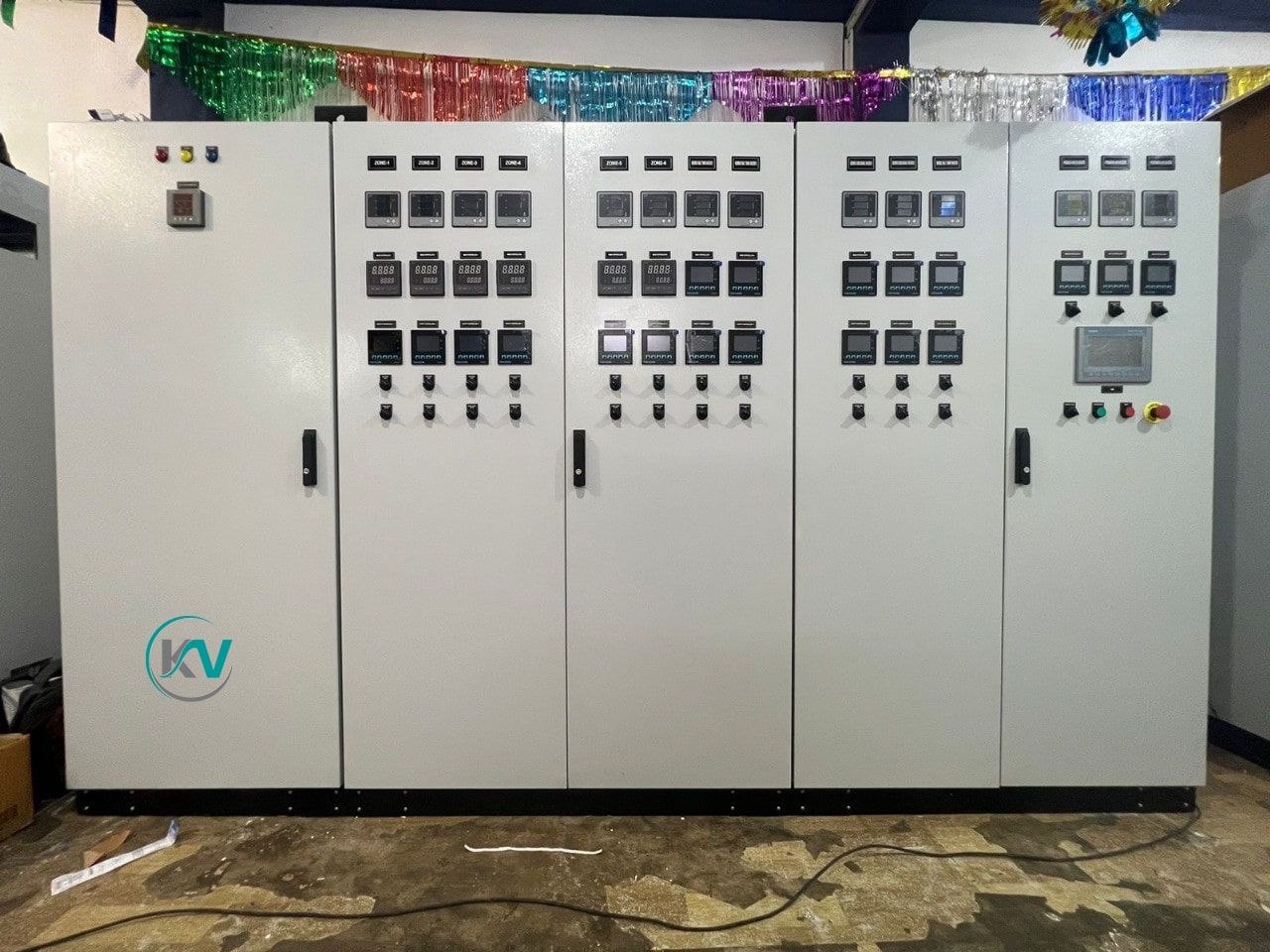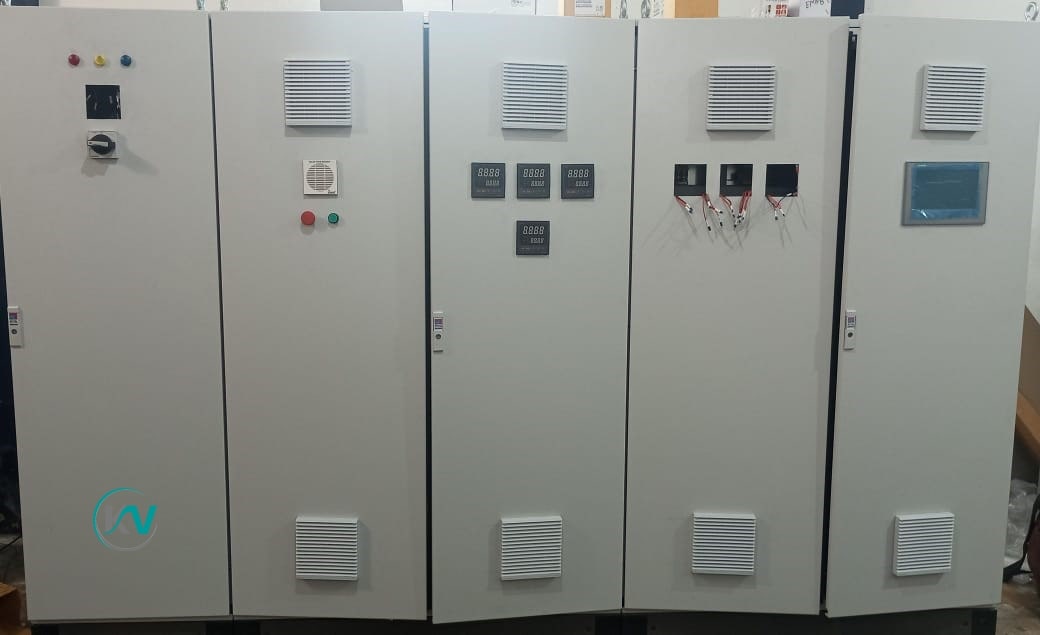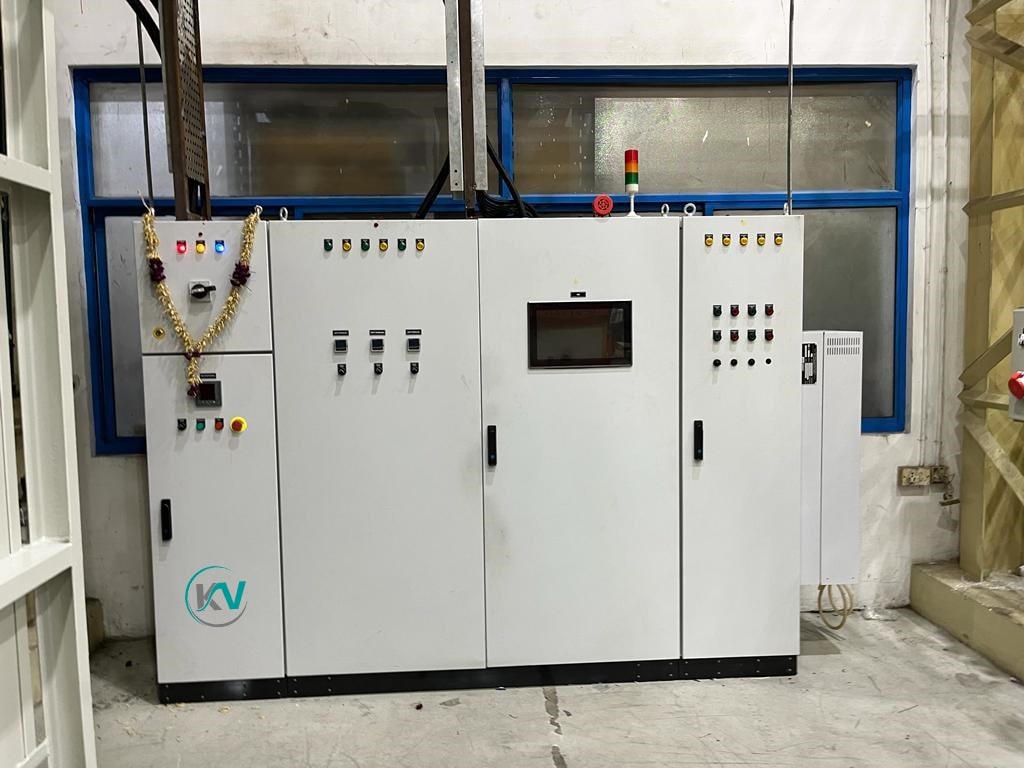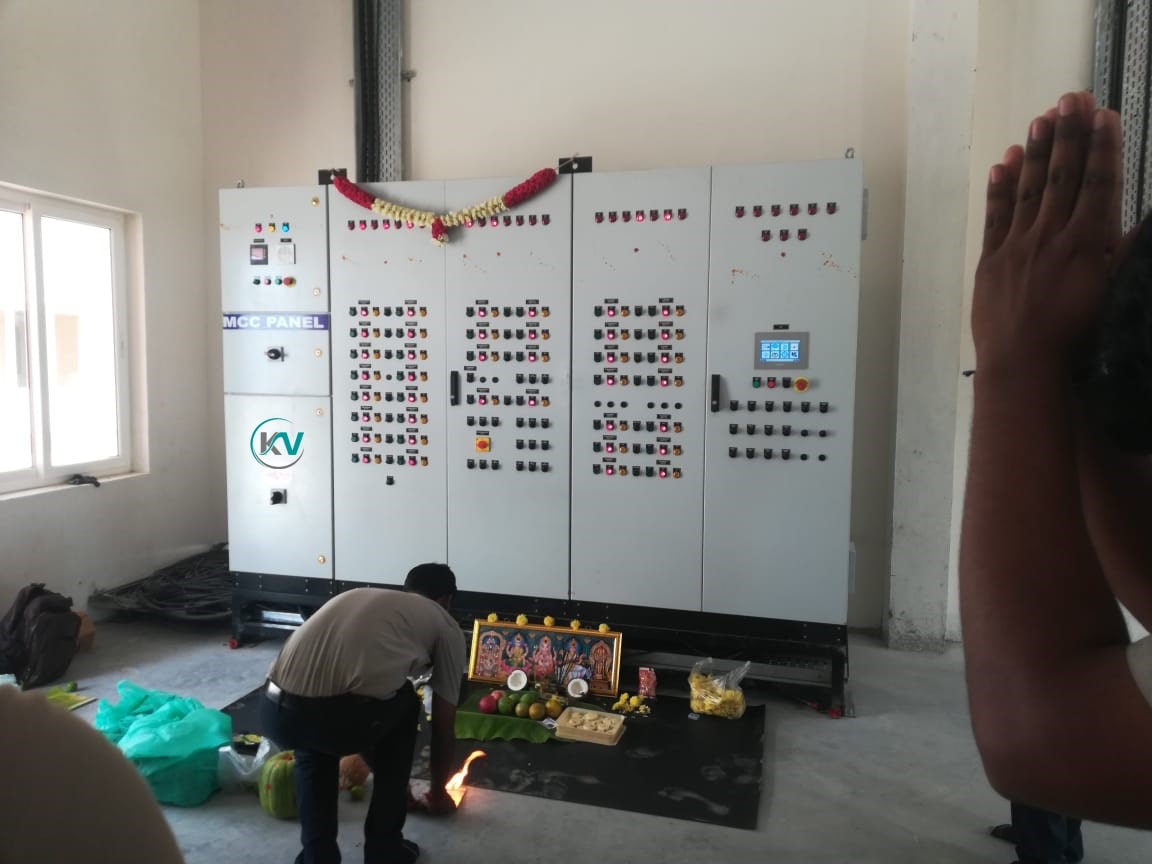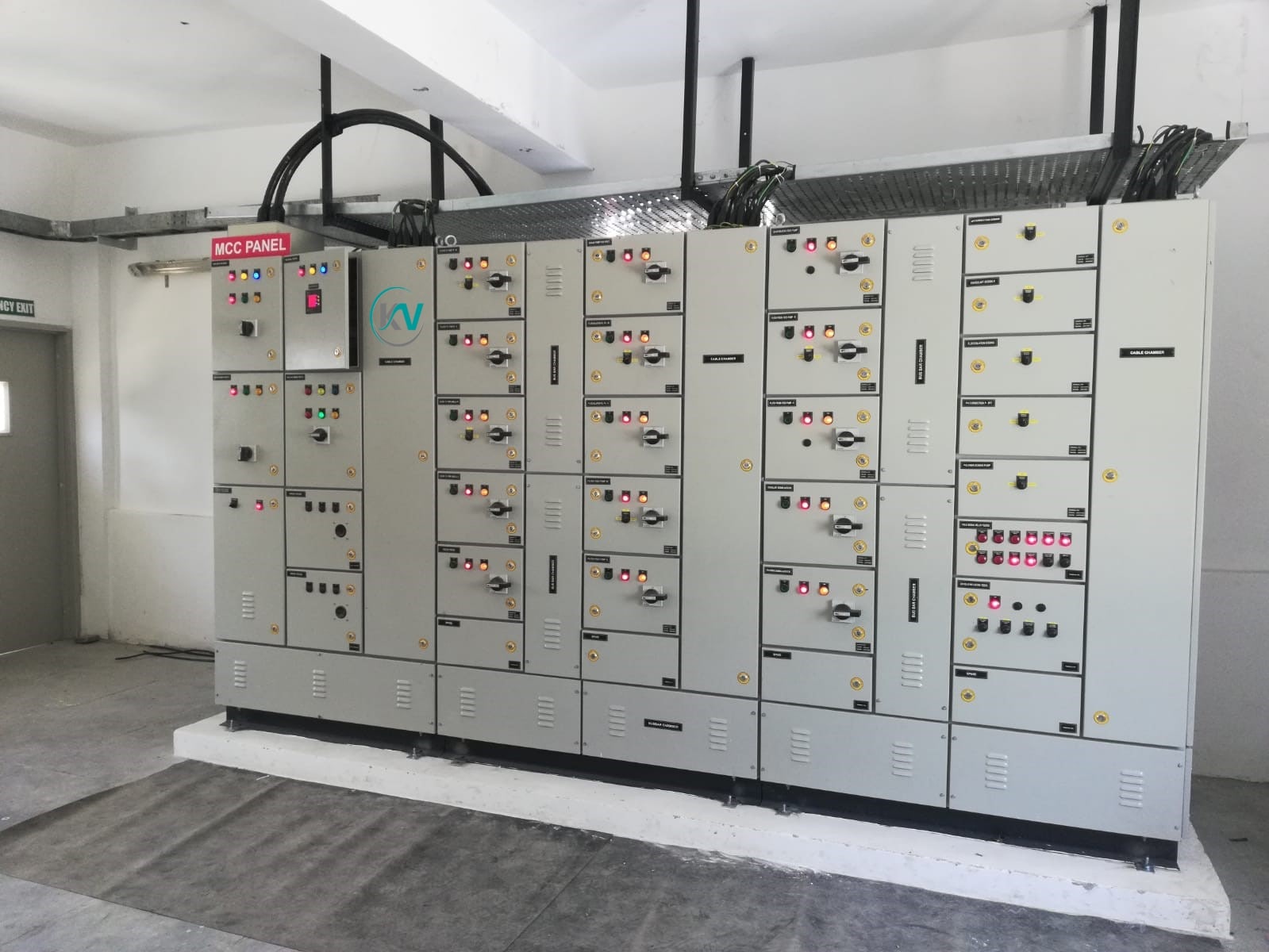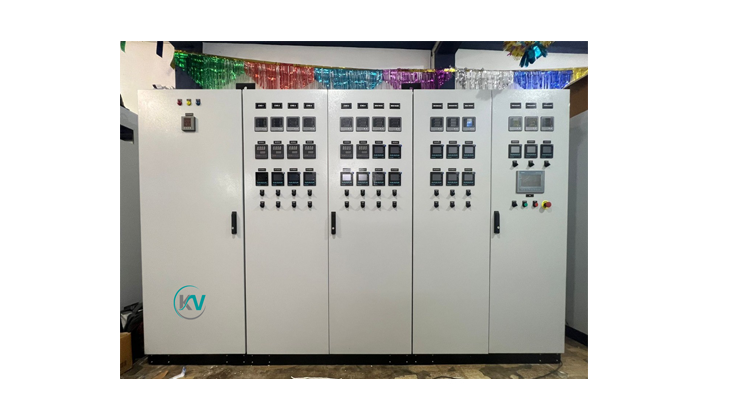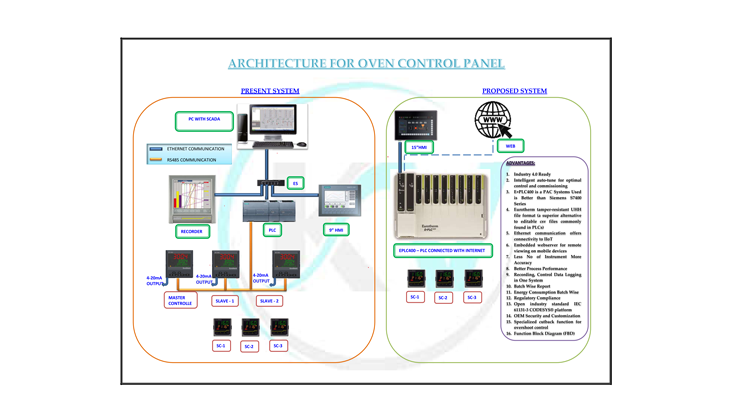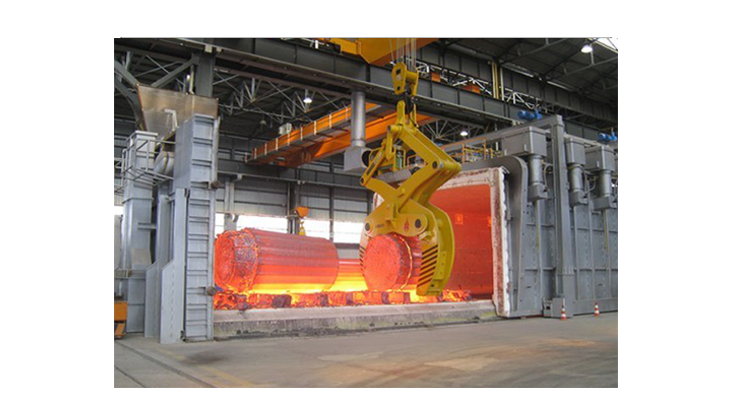We are delighted to introduce KV SMART SYSTEMS, a company founded and led by technically qualified women entrepreneurs with over 8 years of experience in the fields of Industrial Automation, Instrumentation, and Design.
Read More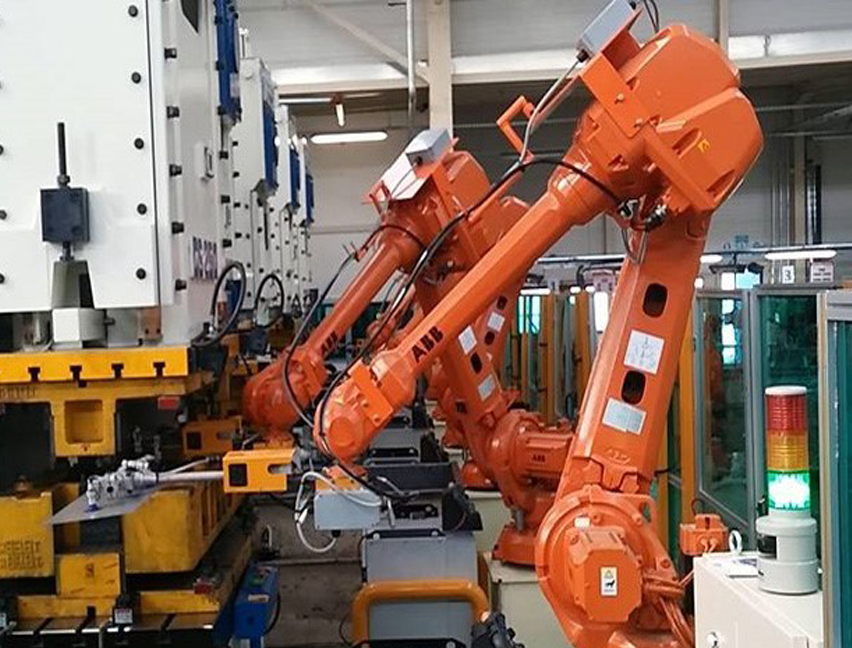
HYDRAULIC PRESSES WITH AUTOMATION
1.Manufacturing and Metalworking.
Forming and Stamping: Automated hydraulic presses are used for forming and stamping metal parts with high precision and repeatability. Automation controls the pressing cycle, ensuring consistent part quality.
Deep Drawing: Automated systems control the hydraulic press for deep drawing applications, where metal sheets are formed into complex shapes without wrinkling or tearing.
Forging: Automated hydraulic presses in forging applications ensure consistent force and pressure, improving the quality and structural integrity of forged parts.
- Punching and Blanking: Automation in punching and blanking processes improves accuracy and speed, reducing material waste and enhancing productivity.
- Component Manufacturing: Automated hydraulic presses produce various automotive components, such as chassis parts, engine parts, and body panels, with high precision and repeatability.
- Assembly Operations: Hydraulic presses with automated control are used for assembling parts, such as pressing bearings into housings or fitting gears, ensuring precise alignment and fit.
2.Automotive Industry.
- Component Fabrication: Automated hydraulic presses form and shape critical aerospace components, such as aircraft wings, fuselage sections, and structural parts, with high accuracy and consistency.
- Composite Material Pressing: Automation in pressing composite materials ensures uniform pressure and heat distribution, essential for producing high-strength aerospace components.
3.Aerospace Industry.
- Molding Processes: Automated hydraulic presses are used in injection molding, compression molding, and transfer molding, ensuring consistent quality and reducing cycle times.
- Vulcanization: Automated control in vulcanization processes ensures precise temperature and pressure settings, improving the quality of rubber parts.
4.Plastic and Rubber Industries.
- Laminating and Veneering: Automated hydraulic presses laminate and veneer wood products, ensuring uniform pressure distribution and high-quality finishes.
- Furniture Assembly: Hydraulic presses with automation are used in assembling furniture components, providing precise control and reducing manual labor.
5.Woodworking Industry.
- Component Assembly: Automated hydraulic presses assemble electronic components, such as fitting connectors onto circuit boards, with high precision and minimal human intervention.
- Insulation Molding: Automated presses mold insulation materials for electrical components, ensuring consistent quality and dimensional accuracy.
6.Electronics and Electrical Industry.
- Medical Device Manufacturing: Automated hydraulic presses are used to form and assemble medical devices, ensuring precision and repeatability.
- Tablet Pressing: In the pharmaceutical industry, automated hydraulic presses compress powders into tablets, providing consistent weight and density.
7.Medical and Pharmaceutical Industry.
- Juice Extraction: Automated hydraulic presses extract juice from fruits and vegetables with high efficiency and minimal waste.
- Food Packaging: Automated hydraulic presses are used in forming and sealing packaging materials, ensuring airtight and secure packaging.
8.Food and Beverage Industry.
- 1.Precision and Consistency: Automation ensures precise control of pressure, speed, and position, resulting in consistent and high-quality parts.
- 2.Increased Efficiency: Automated hydraulic presses reduce cycle times and increase production rates, improving overall efficiency.
- 3.Enhanced Safety: Automation reduces human intervention in potentially hazardous operations, enhancing workplace safety.
- 4.Reduced Labor Costs: Automation minimizes the need for manual labor, reducing operational costs and human error.
- 5.Flexibility and Scalability: Automated systems can be easily reprogrammed for different tasks, providing flexibility and scalability to meet changing production demands.
- 6.Data Collection and Analysis: Automated systems collect and analyze data in real-time, enabling process optimization and predictive maintenance.
Benefits of Automation in Hydraulic Press Applications.
Example of an Automated Hydraulic Press System.
- 1.Material Loading: An automated feeding system loads raw materials or workpieces onto the press.
- 2.Press Operation: The automated hydraulic press performs the pressing operation, controlled by programmable logic controllers (PLCs) that ensure precise pressure and movement.
- 3.Quality Inspection: Automated vision systems and sensors inspect the finished parts for defects and dimensional accuracy.
- 4.Part Handling: Robotic arms or automated conveyors transfer the finished parts to the next stage of production or packaging.
- 5.Data Logging: The system logs process parameters and production data for quality control and traceability.
- 6.Maintenance Alerts: Automated monitoring systems detect and alert for maintenance needs, preventing downtime and ensuring optimal performance.
Implementing automation in a powder coating system can significantly enhance productivity, quality, and overall operational efficiency, making it an attractive option for industries looking to optimize their finishing processes.

Why Creote
Affordable & Flexible
Must explain too you how all this mistaken idea of denouncing pleasures praising pain was born and we will give you complete account of the system the actual teachings of the great explorer.
- Cost-Effective Services
- Helps Reduce Business Risks
- Management of Employee Performance
- Increasing Company’s Agility

Why Creote
Affordable & Flexible
Must explain too you how all this mistaken idea of denouncing pleasures praising pain was born and we will give you complete account of the system the actual teachings of the great explorer.
- Cost-Effective Services
- Helps Reduce Business Risks
- Management of Employee Performance
- Increasing Company’s Agility


